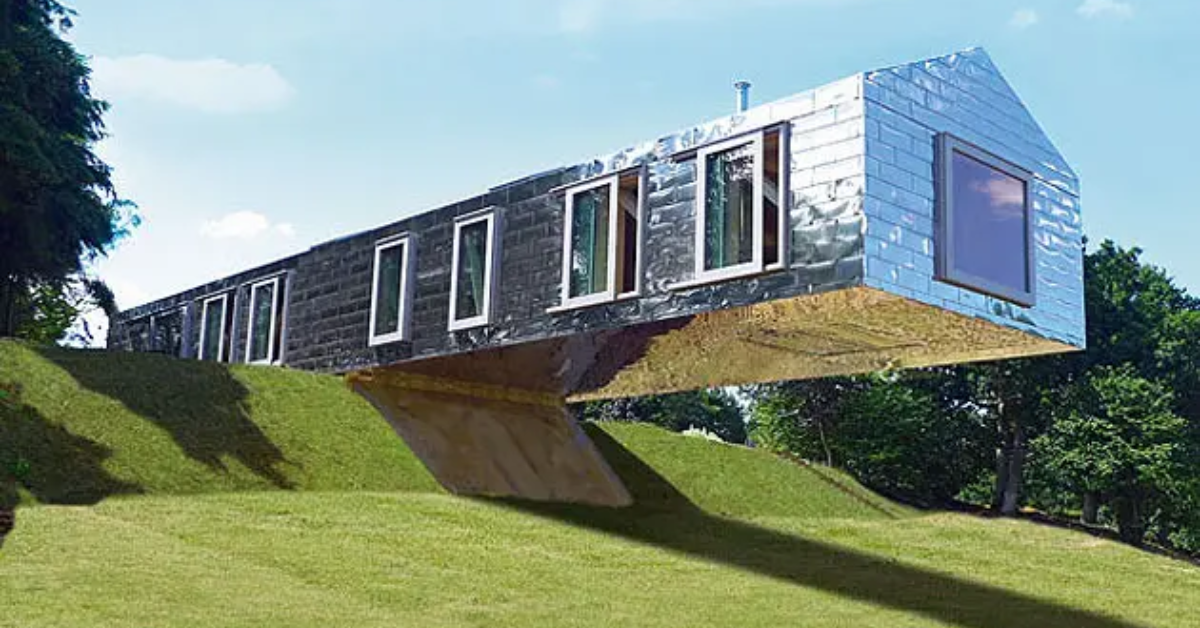True architecture begins with understanding the place. The soil, climate, terrain, and surrounding built environment all present constraints and opportunities. A sensitive architect perceives those forces—sun angles, prevailing winds, gradients—and molds design to respond, not resist. The result is a structure that feels rooted in its setting rather than imposed upon it.
Function and purpose guide form. Whether a museum, office tower, library, or home, the program—the intended uses and circulation paths—must drive architectural decisions. But function need not be sterile. Good architecture weaves meaning through light, proportion, texture, and scale to enrich human experience. A corridor is more than a passage; it can become a shimmering gallery of light and shadow. A courtyard can morph into a stage for social life.
Materials, Light & Spatial Poetry
One of the greatest tools of architecture is material. Stone connotes permanence and gravity; glass evokes transparency and lightness; steel suggests strength and precision; wood speaks of warmth and tactility. Thoughtful combinations—tempered by budget, climate, and structural demands—can yield surprising harmony.
Daylight is architecture’s lifeblood. Through careful orientation of windows, skylights, lightwells, and clerestories, spaces can glow with soft natural luminosity. Thoughtful control—over glare, heat gain, and visual comfort—is essential. In many exemplary projects, light becomes an expressive medium: sheared planes of illumination, carved apertures, or gently diffused ambient glow—all orchestrated to animate form and enrich spatial experience.
Enclosure and void are inseparable. Solid volumes define edges, but negative space gives respite, frames views, and channels movement. A building’s voids—courtyards, terraces, atria—become stages for nature, light, and human interaction. Boundaries between inside and outside collapse, fostering fluid transitions.
Cultural Dialogue & Identity
Architecture cannot ignore context—not merely physical context but cultural, historical, and social. New work can echo local language or tradition, but it should not mimic. Instead, architecture should reinterpret, remix, or provoke. Through scale, materiality, form, or gesture, a designer might engage in subtle critique or affirmation of cultural identity.
In rapidly urbanizing settings, architecture carries the burden of placemaking. Thoughtless high-density towers can strip neighborhoods of identity; conversely, well-resolved infill, sensitive massing, and public interface can reinforce civic life.
Sustainability is no longer optional. Integrating passive strategies—daylight harvesting, natural ventilation, solar orientation, water recycling—must be integral, not tacked on. Architecture that fosters human health, minimizes resource consumption, and restores the environment becomes both beautiful and ethical.
Innovation & Technique
Technologies and fabrication have expanded the designer’s palette. Parametric design, digital modeling, and computational simulations allow architects to explore complex geometries, optimize performance, and test daylight, energy, and structural behavior virtually. Robotic fabrication, 3D printing, and novel materials (like self-healing concretes or bio-composites) open new possibilities of form and assembly.
Yet technology should obey concept, not dominate it. The smartest details derive from clear narrative and performance goals, refined through research, iteration, and craft. Precision in joints, transitions, and material interfaces often defines excellence in execution.
A focus on adaptability is crucial. Buildings may outlast today’s program by decades; spaces should be as flexible as possible. Movable partitions, modular structural systems, and easily modifiable infrastructure allow future generations to reconfigure use without demolition.
Human Experience & Scale
Walking through architecture is not an abstract act—it’s kinetic, sensory, and emotional. A threshold, a stair, a change of ceiling height, or a gentle slope can create pause, reveal, surprise. Proportions resonate: a column’s spacing, the width of a walkway, or the rhythm of windows can evoke comfort, awe, or intimacy.
Acoustic quality, air movement, temperature gradients, and views to sky or nature all contribute to physical and psychological comfort. A well-designed library may feel hushed and contemplative; a public hall may feel open and generous. Every element participates in the orchestration of experience.
Landscape and water, too, are architectural partners. Trees, gardens, courtyards, and reflecting pools extend spatial feeling. They modulate microclimates, filter views, and act as breathing lungs for buildings. The interplay of architecture and landscape can dissolve harsh boundaries and remind inhabitants of the living world.
Case Studies & Inspiration
Global architecture publications and platforms document exceptional work, creative experimentation, and evolving trends. One such resource is e-architect, a compact reference for fresh projects, design ideas, and architectural insight. Through careful curation, it offers readers piercing views into how structures respond to environment, program, and social demands.
From public libraries in remote towns to avant-garde urban towers, the examples shown illuminate how architects are stretching conventions, exploring climate-specific strategies, and nurturing meaningful experiences. Observing how distinct projects solve unique constraints is a powerful education in possibility.
The Future Path
Emergent challenges—climate change, urban inequality, resource scarcity—demand that architecture evolve. Designers are asked not only to imagine beautiful objects but to heal environments, reconnect communities, and embed resilience.
In coming decades, the architect’s role will shift. Technical skills remain vital, but empathy, curiosity, and ecological systems thinking will matter more. The best architecture will be quiet triumphs—sustaining life, delighting senses, and adapting gracefully over time.
In summary, architecture is a plural art: combining site, structure, program, light, culture, and human scale. By balancing innovation with humility, technology with craft, and vision with sensitivity, architecture can elevate our environment—and in doing so, enrich what it means to live.



